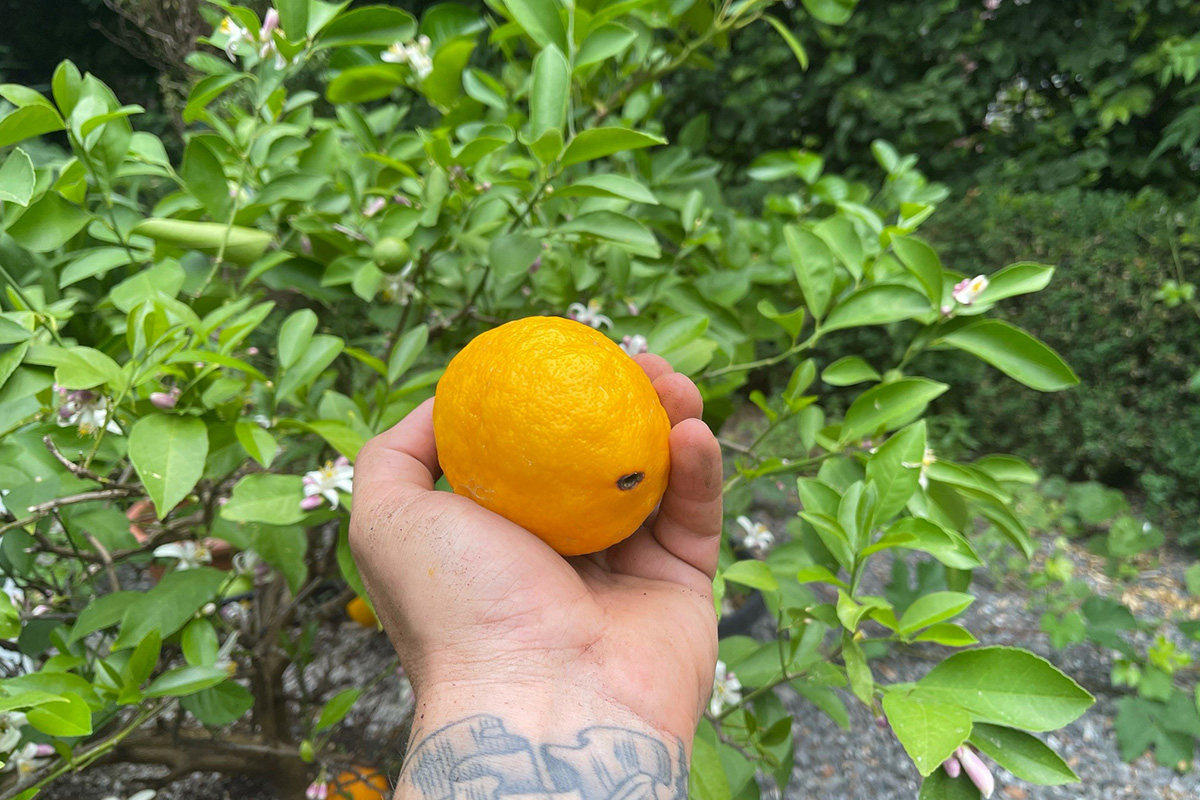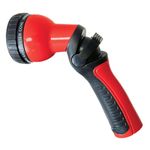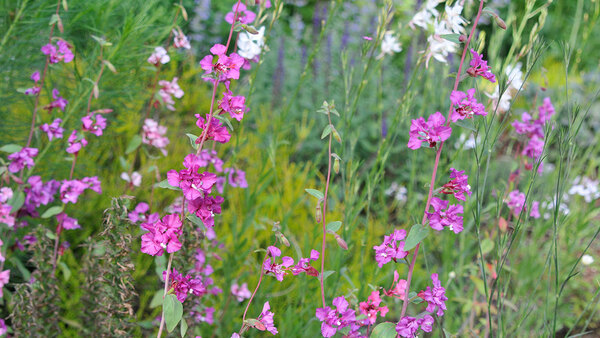
Nothing will do most houseplants better than spending a summer vacation outdoors. Many of us assume that the word “house” in houseplants means that these are plants that prefer to remain inside. But spending a few months out under a tree, enjoying the warm rain and summer breezes, can refresh and revitalize even the sickliest of houseplants.
When is it safe to move potted plants outside?
Most houseplants are native to tropical climates or hot deserts, so it is best to wait later than you might think. In the Northeast, getting stable weather is challenging, as we all know. A few days of unseasonably warm 80° or 90°F weather in spring can quickly shift to 40° or 50°F, but by mid-June everything has settled down, and temperatures have become more stable.
Sun safety applies to plants too
Just as we can get sunburned, plants can too. The light quality inside of our homes is far weaker than the light quality outdoors, and plants need to transition to higher light levels. Remember that even a cactus can get sunburned, and such damage is often fatal for many indoor plants. June may be the safest time temperature-wise to move plants outdoors, but it is also close to the summer solstice—when the sun is closest to the earth. Even sun-loving plants will need to spend a few weeks under a tree or on the shady side of your house at first until they begin forming new leaves.

Remove drainage trays
Outside, plants won’t need any drainage trays, and a plant with a fixed drainage tray should be repotted for the summer into a pot that drains. Heavy rains will pool in drainage trays, causing roots to decay and creating a breeding ground for mosquitos.
It’s time to repot and revitalize
Summer is a great time to repot most houseplants into fresh potting mix. Most potting mixes are peat- or coir-based and become too acidic over time, especially if you fertilize. This is the best time to repot citrus trees or plants that are too large to repot on the kitchen table.
Water regularly
Potted plants that are outdoors require much more water than when they are indoors. Summer weather dries out soil faster, so watering outdoor potted plants regularly is essential, and watering every day is not unusual. Shade-loving tropicals like philodendrons (Philodendron spp. and cvs., Zones 9–11), clivia (Clivia spp. and cvs., Zones 9–11), and understory jungle plants must remain in deep shade or dappled sunlight but may still dry out during heat spells.

Not all houseplants like the outdoors
Most houseplants thrive with a summer outdoors, but take care with true cacti (those with thorns), because they can become sunburned if introduced to sunlight too quickly. Cacti can tolerate a summer outdoors if the soil mix is quick-draining and if their pots have adequate drainage holes.
Not all succulents want full sun
Most succulents thrive with a summer outside, but not all can handle the harsh conditions. While a Christmas cactus (Schlumbergera spp. and cvs., Zones 10–12) will enjoy a shady spot under a tree, a hoya (Hoya spp. and cvs., Zones 8–11) or most hanging-basket succulents might do better on a protected shady porch. Large specimen plants such as houseplant agaves (Agave spp. and cvs., Zones 9–11) or yuccas (Yucca spp. and cvs., Zones 8–11) will thank you with lots of healthy growth if set outside.
Some plants are just better inside
African violets (Steptocarpus sect. saintpaulia, Zones 11–12) and other fuzzy-leaved plants are more sensitive to bright light and rainwater. They are best kept on a northern windowsill or out in a screenhouse, where their foliage won’t get wet or burned by sunlight.

There are many benefits to moving plants outdoors
One of the greatest benefits of moving plants outdoors is reducing insect damage or infestations, as both mealy bugs and spider mites hate wet, humid conditions. Additionally, all plants respond positively to the natural photoperiod (without the complexities of artificial indoor lighting). You may find your clivia and Christmas cactus suddenly blooming on schedule as a bonus. A citrus tree will transform from a bug trap into a lush, glossy green shrub when placed outdoors, often with new flowers forming. Gardenias (Gardenia spp. and cvs., Zones 8–11) will reward you with summer blooms in August.
Bring plants indoors before it’s too late
As nights begin to get chilly in mid-September in the Northeast, it’s time to prepare plants for their winter home indoors. Lift pots and set them on a hard surface like a deck or walk, and clean the pots well. Refresh or top-dress the soil for the last time, and keep an eye on the weather—nighttime temperatures below 50º F can be harmful to many tropical plants.
—Matt Mattus is the author of two books: Mastering the Art of Flower Gardening and Mastering the Art of Vegetable Gardening. He gardens in Worcester, Massachusetts.
Fine Gardening Recommended Products

Dramm Revolution Adjustable 9-Pattern Metal Hose Nozzle
Fine Gardening receives a commission for items purchased through links on this site, including Amazon Associates and other affiliate advertising programs.
- Ergonomic insulated grip
- Maximum pressure of 90 PSI
- Fully adjustable spray pattern
- No trigger lock

Dramm 17050 50′ ColorStorm 1/2″ Standard Soaker Hose
Fine Gardening receives a commission for items purchased through links on this site, including Amazon Associates and other affiliate advertising programs.
- Conveniently waters garden and beds
- 50 ft. by 1/2 inch diameter made from recycled material; lifetime guarantee
- Made in the USA

Lee Valley Garden Obelisks
Fine Gardening receives a commission for items purchased through links on this site, including Amazon Associates and other affiliate advertising programs.



















Comments
Log in or create an account to post a comment.
Sign up Log in